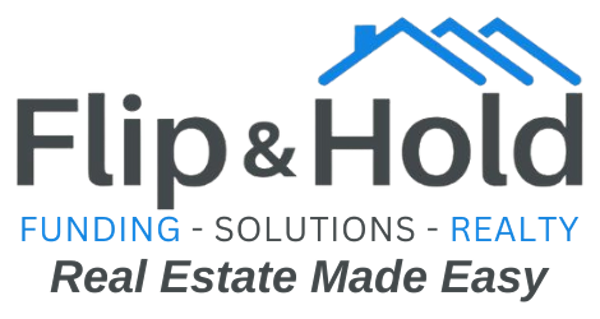If you’re diving into real estate investing—especially fix-and-flips or buy-and-hold strategies—then understanding how to properly analyze a deal is absolutely crucial. The best investors don’t just jump in—they start backwards.
Sounds counterintuitive? Let’s break it down.
🎯 Step 1: Start with the ARV (After Repair Value)
Your first move isn’t to look at what a seller is asking—it’s to know what the property will be worth once it’s fully renovated. This is your ARV, and it sets the ceiling for your deal.
To calculate this:
- Research comparable properties in the same neighborhood.
- Match bedrooms, bathrooms, and square footage.
- Look at recent sales, not just listings.
This applies across the board—whether it’s a condo, single-family home, or multifamily unit.
🛠️ Step 2: Determine Renovation Type & Cost
Decide what kind of renovation the property needs:
- Full gut job or
- Light “fluff and buff” clean-up
Run the numbers for both scenarios. Don’t guess—use a repair cost estimator or call a contractor to help you budget accurately. These costs will shape your final offer and profit margins.
💰 Step 3: Define Your Profit Margin
Once renovation costs are clear, decide what kind of profit makes the deal worth it for you. The rule of thumb?
- Target at least 15–20% of the ARV or your total investment.
- A good minimum profit goal: $40,000.
Running the numbers both ways (percentage vs. fixed target) helps you stay grounded in reality, especially when margins are tight.
🧾 Step 4: Know Your Holding & Resale Costs
These often-overlooked costs can erode your profits fast:
- Utilities
- Property taxes
- Insurance
- Realtor commissions
- Financing costs (hard money loan interest, fees)
- Other soft costs
Estimate these early. It could be the difference between a win and a loss.
💸 Step 5: Work Backwards to Your Offer Price
Now the magic happens. With all the above figured out, you can reverse-engineer your offer:
- Start with the ARV
- Subtract renovation costs
- Subtract holding and resale costs
- Subtract your desired profit
What you’re left with is your maximum allowable offer (MAO). If that’s in line with the seller’s price—or close—you may have a deal on your hands. Make the offer.
📞 Final Tip: Don’t Go It Alone
If you’re unsure about your numbers, don’t hesitate to reach out. At Flip and Hold Funding, we’re a full-service brokerage and hard money lender. We help investors like you find, evaluate, and fund profitable real estate deals. Have questions? Need a second opinion on your deal analysis? We’ve got your back.

